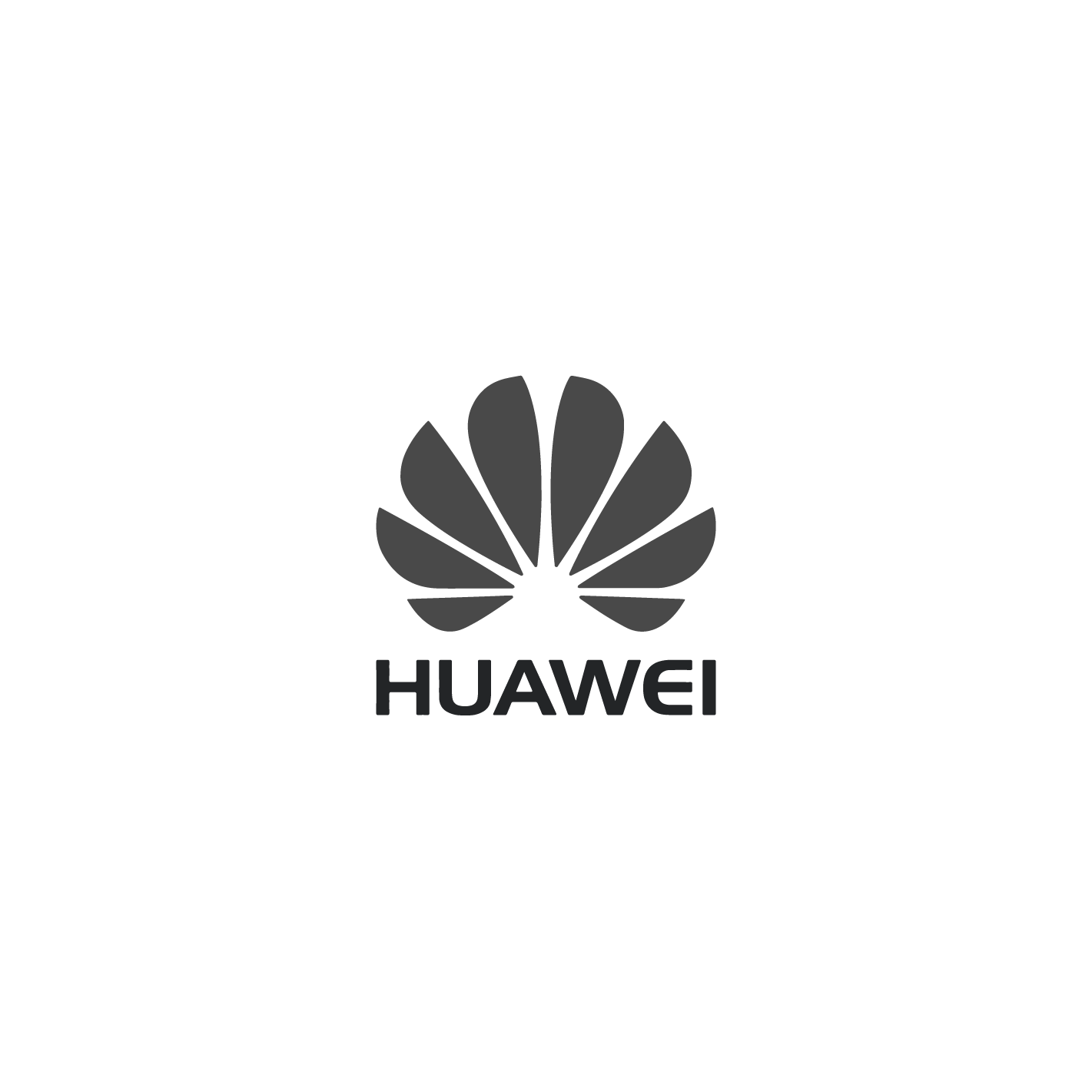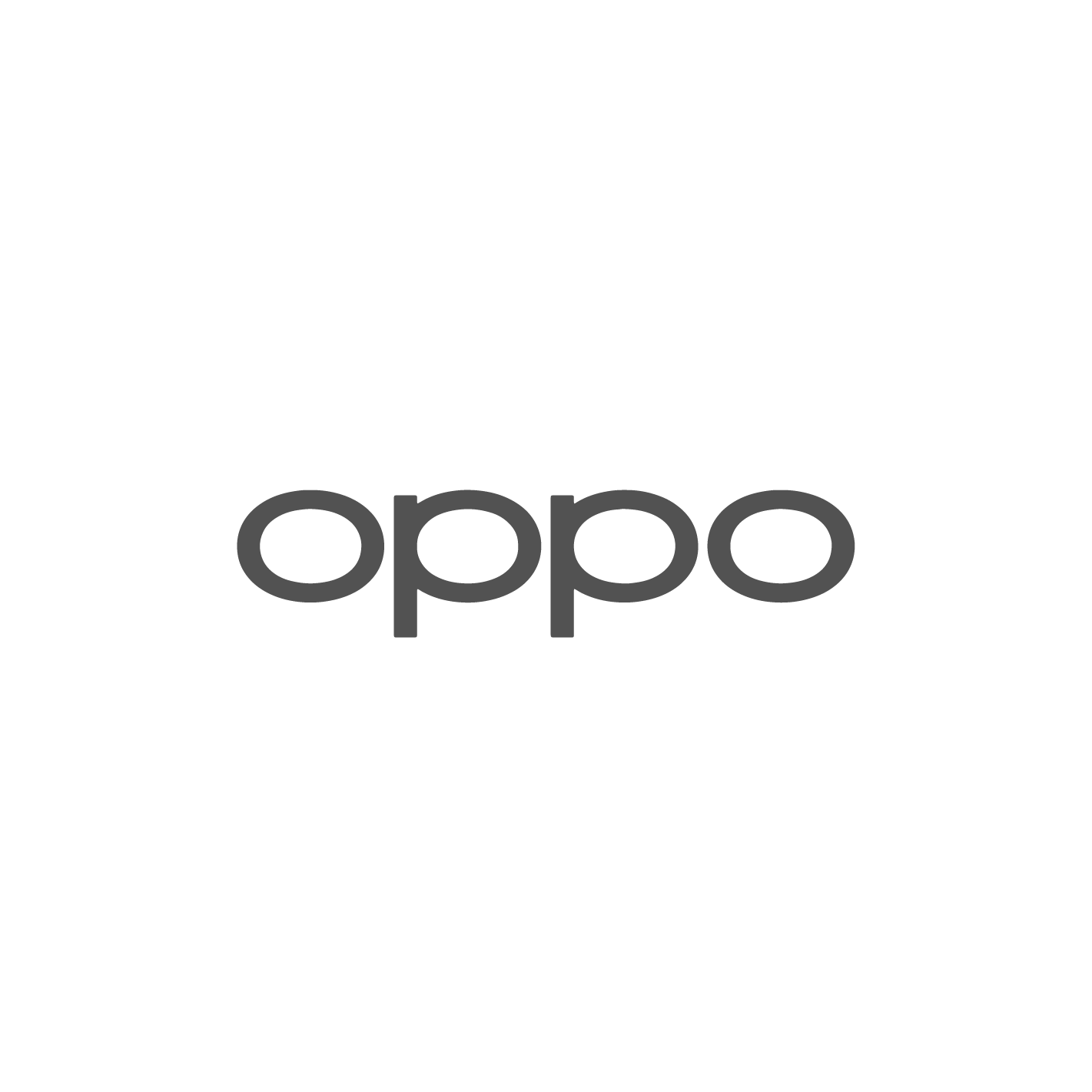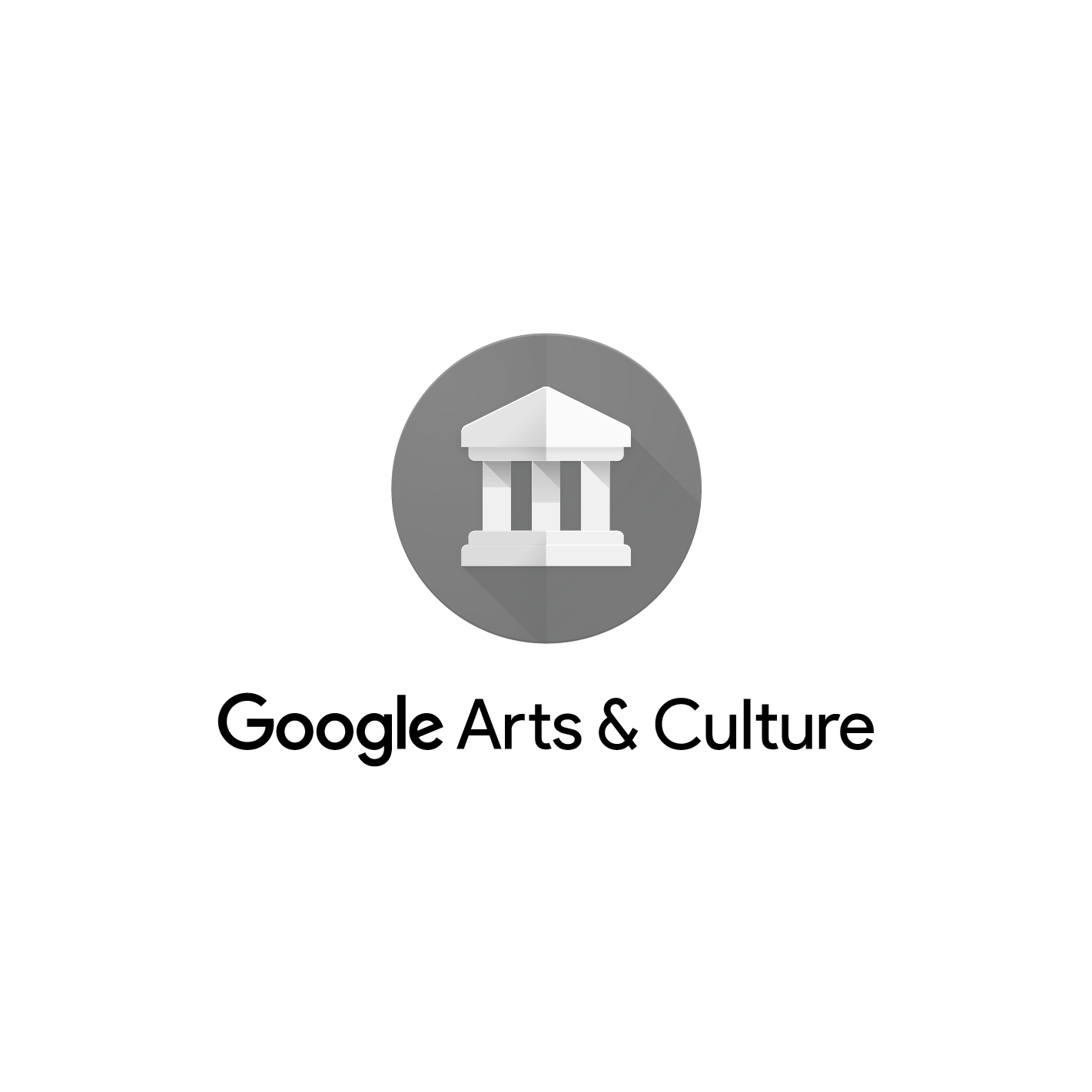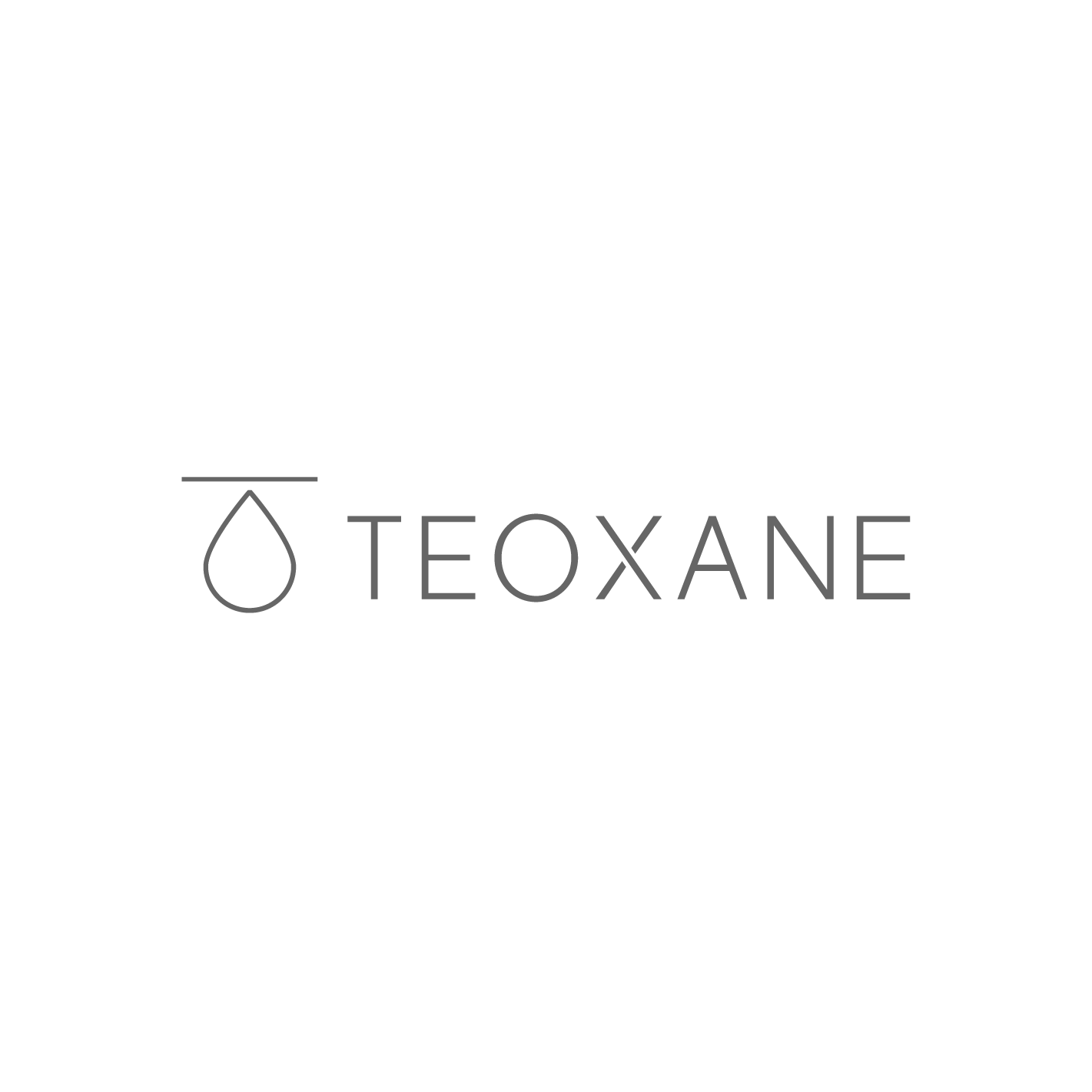Create a central repository to guide the applications of your brand assets
Where to start
Every brand is driven by a compelling brand story. A brand story explains the purpose of the company and serves as a narrative of the vision statement.
A well-crafted brand guideline is an essential tool for the businesses of all sizes. Here are some specific examples of how brand guidelines can be used:
- A designer can use the brand guidelines to choose the correct colors, fonts, and images for a new marketing campaign.
- A copywriter can use the brand guidelines to ensure that the tone and style of their writing matches the brand's voice.
- A customer service representative can use the brand guidelines to provide consistent and on-brand customer support.
- A social media manager can use the brand guidelines to create engaging and visually appealing content for the brand's social media channels.
Overall, brand guidelines are an essential tool for businesses of all sizes. By creating and following brand guidelines, companies can ensure that their brand is consistent, professional, efficient, and flexible.
Brand Voice
Brand voice is the unique personality that a brand presents to the world. It is the way that a brand communicates with its target audience through its tone, style, and messaging. A strong brand voice is consistent across all of a brand’s communications, from its website and marketing materials to its social media posts and customer service interactions.
Here are some tips for developing a strong brand voice:
- Be authentic: Your brand voice should be a reflection of your brand's core values and personality.
- Be consistent: Your brand voice should be consistent across all of your communications.
- Be clear and concise: Your brand voice should be easy to understand and remember.
- Be engaging: Your brand voice should be engaging and interesting to your target audience.
Archetype
Archetypes allow a brand to set themselves apart from a line of brands that offer the same product. Brands can use archetypes to create a stronger connection with their target audience. By understanding and embodying a specific archetype, brands can create a more authentic and resonant brand identity.
For example:
- Nike is the quintessential Hero brand. Its marketing campaigns often feature athletes overcoming challenges and achieving their goals.
- Apple is a classic Rebel brand. Its products are known for their innovative design and user-friendly features.
- Red Bull is an Explorer brand that encourages people to push their limits and live life to the fullest.
How to measure
If you can't measure it, you can't improve it.
By tracking marketing performance over time, businesses can see how their marketing efforts are impacting their bottom line.
Online
There are many different ways to measure online marketing performance. Some of the most common metrics include:
- Website traffic: This metric measures the number of visitors to your website. It can be broken down by source (e.g., search engine, social media, direct referral), landing page, and other factors.
- Conversion rate: This metric measures the percentage of website visitors who take a desired action, such as signing up for an email list, making a purchase, or filling out a contact form.
- Cost per lead: This metric measures the average amount of money you spend to generate a lead.
- Cost per acquisition: This metric measures the average amount of money you spend to acquire a new customer.
- Return on investment (ROI): This metric measures the overall profitability of your marketing campaigns. It is calculated by dividing the total revenue generated by the total cost of the marketing campaign.
Offline
It can be more challenging to measure offline marketing performance than online marketing performance. Some of the most common methods include:
- QR code tracking: By adding a QR code in the offline media, it becomes a beacon to identify customer behavior and engagement in the physical world.
- Sales tracking: This method involves tracking sales data to see how it is affected by offline marketing campaigns and activities. For example, you might track sales data for the week before and after a print advertising campaign to see if there is an increase in sales.
- Customer surveys: This method involves surveying customers to ask them how they learned about your business and what factors influenced their decision to make a purchase.
- Call tracking: This method involves using a special phone number for each offline marketing campaign or activity. This allows you to track how many calls you receive from each campaign and to gather information about the callers.
- In-store tracking: This method involves using technology to track customer behavior in your physical store. For example, you might use cameras to track how many people enter and exit your store, or you might use sensors to track which products customers are looking at.





























